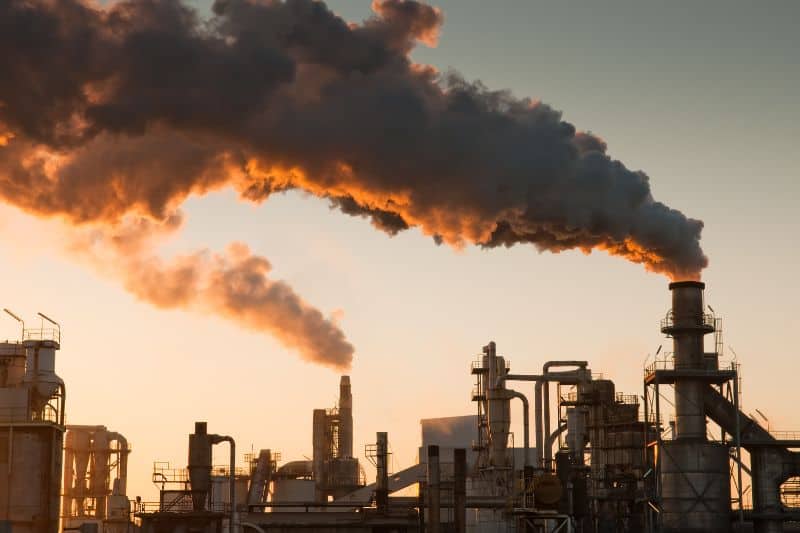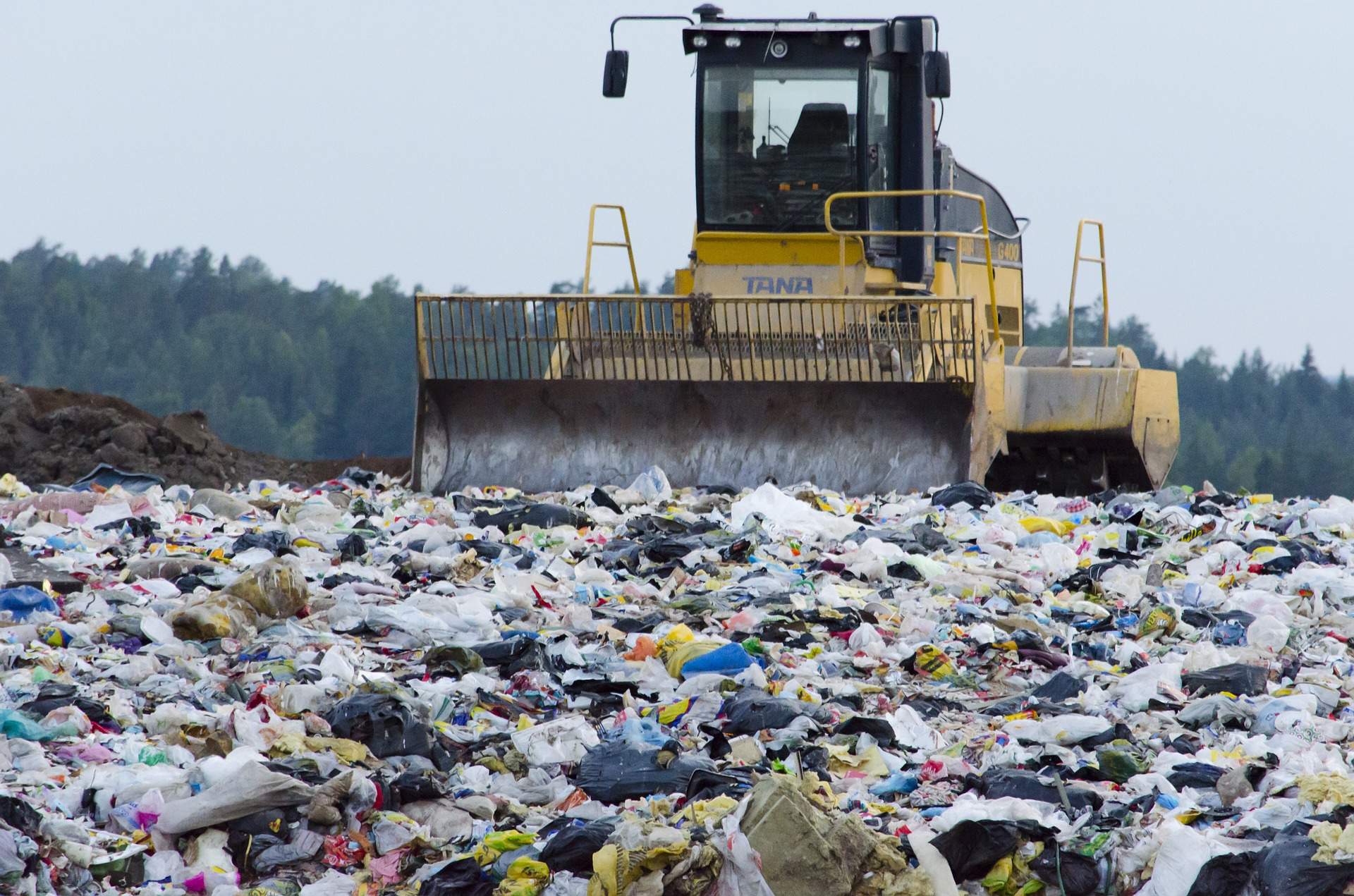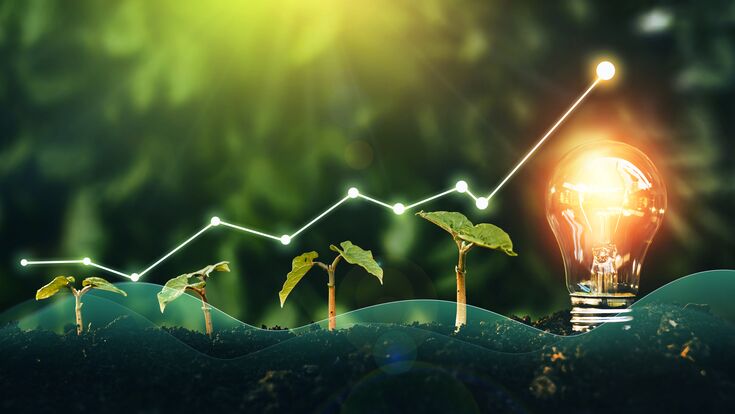
Introduction
Waste-to-energy technologies play a crucial role in addressing the pressing issues of waste management and energy production. With the ever-increasing global waste generation and the growing demand for sustainable energy sources, these technologies offer a viable solution. This article aims to explore the significance of Waste-to-energy technologies in the context of environmental sustainability and renewable energy, while also emphasizing the need to understand their environmental impact.
Historical Background
The development and evolution of Waste-to-energy technologies have a rich history. Over the years, these technologies have undergone significant advancements and breakthroughs. From the early experiments with incineration in the 19th century to the modern anaerobic digestion and gasification processes, Waste-to-energy technologies have come a long way in their effectiveness and efficiency.
Key Concepts and Definitions
Waste-to-energy technologies encompass various forms, including incineration, anaerobic digestion, and gasification. Incineration involves the combustion of waste materials, while anaerobic digestion utilizes microorganisms to break down organic waste. Gasification, on the other hand, converts waste into a synthetic gas that can be used for energy production.
To understand Waste-to-energy technologies fully, it is essential to familiarize oneself with terms like thermal efficiency, feedstock, and emissions control. Thermal efficiency refers to the conversion of waste into usable energy, while feedstock refers to the waste materials used as inputs. Emissions control focuses on minimizing the release of pollutants during the Waste-to-energy process. Additionally, Waste-to-energy technologies contribute to the concept of the circular economy, which emphasizes the sustainable use of resources and the reduction of waste.

Main Discussion Points
Environmental Benefits of Waste-to-energy Technologies
Waste-to-energy technologies offer numerous environmental benefits. Firstly, they reduce landfill waste and the associated environmental problems that come with it. By diverting waste from landfills, these technologies help alleviate issues such as leachate contamination and methane emissions, which are significant contributors to climate change.
Moreover, Waste-to-energy technologies have the potential for waste diversion and resource recovery. Through processes like anaerobic digestion, valuable resources such as biogas and organic fertilizers can be extracted from waste materials. This allows for a more sustainable approach to waste management while simultaneously generating renewable energy.
Furthermore, Waste-to-energy plays a crucial role in reducing greenhouse gas emissions. By utilizing waste as a fuel source, these technologies help offset the use of fossil fuels for energy production, thereby reducing the carbon footprint and combating climate change.
Environmental Impacts of Waste-to-energy Technologies
While Waste-to-energy technologies offer significant environmental benefits, they also have certain environmental impacts that need to be addressed. One of the primary concerns is the emissions generated by different Waste-to-energy processes. These emissions, including particulate matter, nitrogen oxides, and sulfur dioxide, can have potential environmental consequences if not properly controlled.
To mitigate air pollutant emissions, Waste-to-energy facilities employ various strategies. These include advanced emission control technologies, such as electrostatic precipitators and catalytic converters, which remove harmful pollutants from the exhaust gases. However, challenges remain in ensuring the effectiveness of these mitigation measures and maintaining compliance with air quality regulations.
Another concern is the disposal of ash generated during the Waste-to-energy process. Ash contains residual toxins that can potentially contaminate soil and water if not managed properly. Therefore, proper ash management practices, such as containment and proper disposal methods, are necessary to prevent environmental contamination.
Life Cycle Assessment of Waste-to-energy Technologies
Understanding the environmental impact of Waste-to-energy technologies requires the application of life cycle assessment (LCA). LCA analyzes the entire life cycle of a system, from raw material extraction to waste disposal, to evaluate its environmental performance comprehensively.
Numerous studies have been conducted to assess the life cycle environmental performance of different Waste-to-energy systems. These studies have examined factors such as energy generation efficiency, greenhouse gas emissions, and resource consumption. The findings highlight the trade-offs and synergies between waste management, energy production, and environmental impact, helping policymakers and stakeholders make informed decisions.

Case Studies or Examples
Real-world examples of Waste-to-energy facilities demonstrate their environmental impact and effectiveness. For instance, the Copenhagen Waste-to-energy Plant in Denmark is one of the largest and most efficient facilities globally. It processes waste from the city and surrounding areas, reducing landfill waste and generating renewable energy for thousands of households.
These case studies provide valuable insights into successful Waste-to-energy projects, allowing us to learn from their experiences and implement best practices in future endeavors.
Current Trends or Developments
Waste-to-energy technologies are continuously evolving to enhance their environmental performance and sustainability. Recent advancements include improved combustion efficiency, which maximizes energy generation while minimizing emissions. Additionally, the integration of renewable energy sources, such as solar and wind, with Waste-to-energy systems further promotes the transition towards a greener energy mix.
Research and development efforts are ongoing to address the challenges faced by Waste-to-energy technologies. These efforts focus on enhancing emission control techniques, optimizing waste sorting technologies, and exploring innovative approaches to waste treatment and energy generation.
Challenges or Controversies
Waste-to-energy technologies are not without their critics and controversies. Concerns about air pollution from waste incineration, particularly the release of dioxins and heavy metals, have raised public health and environmental alarm. Opposition from local communities is often driven by these concerns, leading to challenges in siting and permitting Waste-to-energy projects.
Implementing Waste-to-energy projects also comes with regulatory hurdles and public perception challenges. Developing and operating these facilities require compliance with stringent environmental regulations and obtaining public acceptance through transparent communication and education.

Future Outlook
The future prospects of Waste-to-energy technologies are promising. As the world strives to achieve sustainable waste management and renewable energy goals, these technologies are likely to play an increasingly significant role. The integration of Waste-to-energy with other renewable energy sources, such as solar and wind, can create a more balanced and resilient energy system.
Additionally, the adoption of advanced waste sorting technologies can further improve the efficiency and effectiveness of Waste-to-energy processes. By optimizing waste separation and recovery, more valuable resources can be extracted, leading to a more circular and resource-efficient system.
Conclusion
In conclusion, Waste-to-energy technologies are revolutionizing waste management and energy production by offering environmental benefits, addressing challenges, and contributing to a circular economy. Understanding their environmental impact is crucial for achieving sustainable waste management and renewable energy goals. By acknowledging the historical background, key concepts, and current trends, we can navigate the challenges and controversies associated with these technologies, paving the way for a greener and more sustainable future.




